12 Delicious Foods to Eat Before They Go Extinct
The world is home to diverse culinary delights, but some unique and delicious foods face extinction. These delicacies may disappear from our plates due to environmental changes, overharvesting, or shifting culinary trends.
These are some foods you might want to savor before they go extinct.
Banana

The most commonly consumed fruit in the world, the banana, is facing a significant threat from a fungus known as Panama disease.
The strain of this disease currently affecting banana crops, Fusarium wilt tropical race 4 (TR4), has no known cure and could potentially wipe out the popular Cavendish variety.
Chocolate

The beloved treat of chocolate comes from the cacao plant, which is facing severe challenges due to climate change and deforestation. This could impact production and quality, making chocolate a rare and expensive indulgence soon.
Honey

Bees are essential for pollinating many crops, including fruit trees, vegetables, and nuts. However, bee populations are declining globally due to pesticide use and habitat loss.
This problem puts honey production at risk and could decrease the availability of this natural sweetener.
Bluefin Tuna
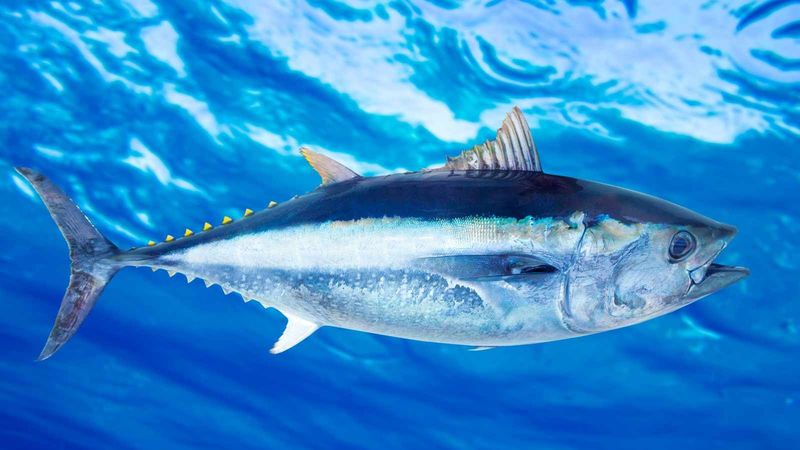
Bluefin tuna is a prized delicacy in many countries, especially Japan, where it’s used for sushi and sashimi. Overfishing has led to critically low population numbers, raising concerns about the species’ survival.
Conservation efforts are underway, but it’s uncertain if they will be enough to save this fish from extinction.
Avocado

The popularity of avocados has led to an increase in demand, resulting in unsustainable farming practices that damage the environment.
In addition, avocado trees are highly susceptible to diseases like laurel wilt and black streak, which could devastate entire crops. Enjoy your guacamole while you can.
Truffles
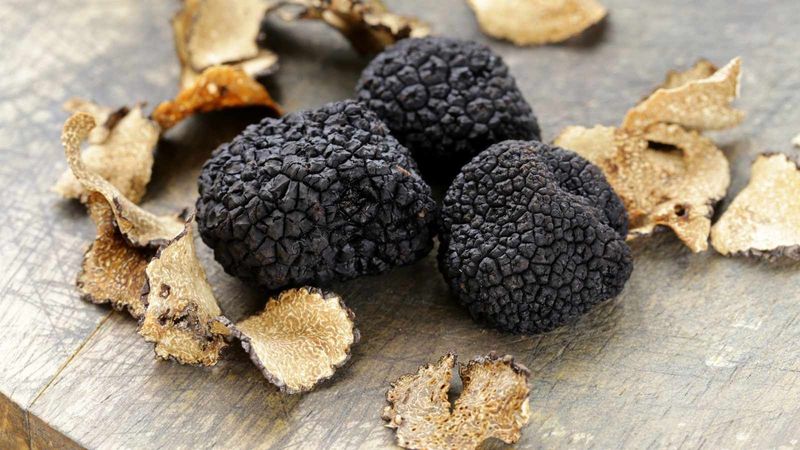
Truffles are fungi that grow underground and are highly prized for their intense aroma and unique flavor. However, truffles depend on the symbiotic relationship with specific tree roots to grow, making them difficult to cultivate.
Climate change and deforestation could reduce the availability of these elusive delicacies.
Maple Syrup
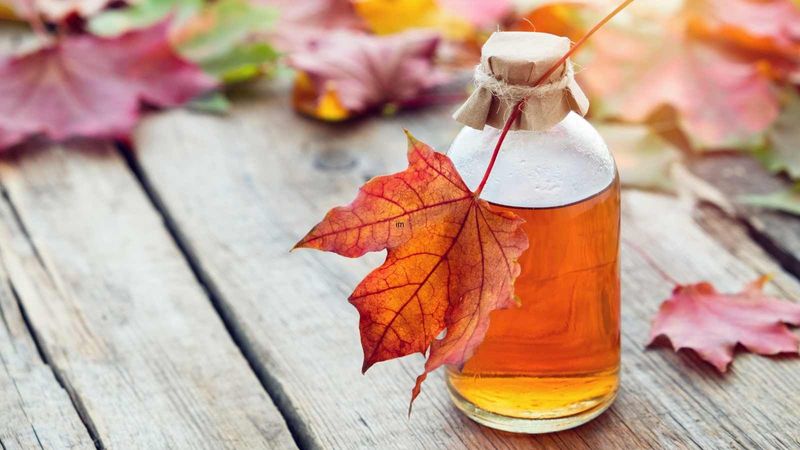
Maple syrup is a staple in Canadian cuisine and a popular sweetener worldwide. Rising temperatures and unpredictable weather patterns could negatively impact sugar maple trees’ growth and sap production.
These conditions could lead to a decline in maple syrup production or a price increase.
Salmon

Salmon has been a vital food source for many indigenous cultures and an essential part of the global seafood industry. Due to overfishing, habitat destruction, and changing ocean conditions, salmon populations worldwide have declined.
Coffee

Coffee is one of the most consumed beverages globally, but it’s facing various threats that could impact its availability and quality. Climate change, disease outbreaks, and unsustainable farming practices pose significant challenges to coffee production. Savour your cup of joe while you can.
Caviar
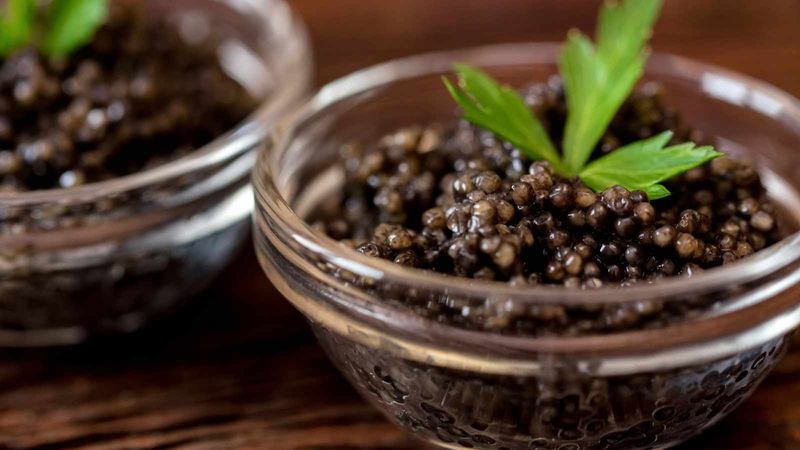
Caviar is a delicacy made from the salt-cured eggs of sturgeon fish. Illegal harvesting has led to the depletion of sturgeon populations and increased caviar prices.
Conservation efforts and regulations are being implemented, but the future of this luxury food is uncertain.
Wine
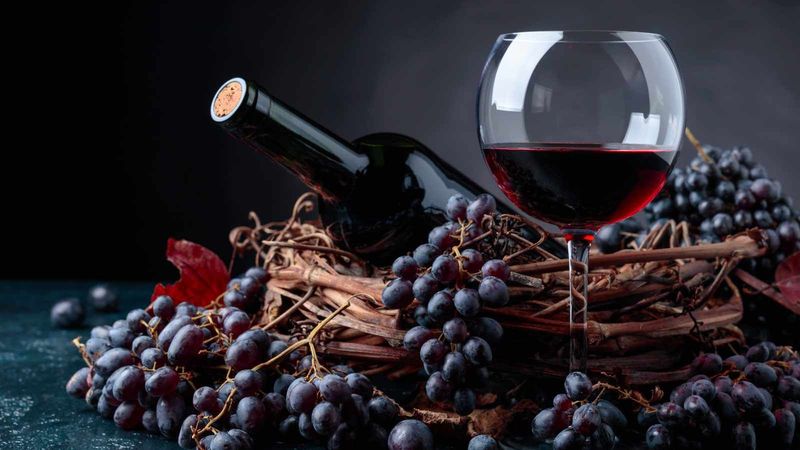
Wine production requires specific climate and soil conditions, making it vulnerable to the effects of climate change.
Temperature changes, rainfall patterns, and extreme weather events can significantly impact the quality and availability of wine. So, raise a glass to your favorite bottle before it becomes a rarity.
Saffron

Saffron is a spice derived from the stigma of the crocus flower and is considered one of the most expensive foods in the world.
It takes over 70,000 flowers to produce just one pound of this spice, making it highly susceptible to overharvesting and environmental changes.